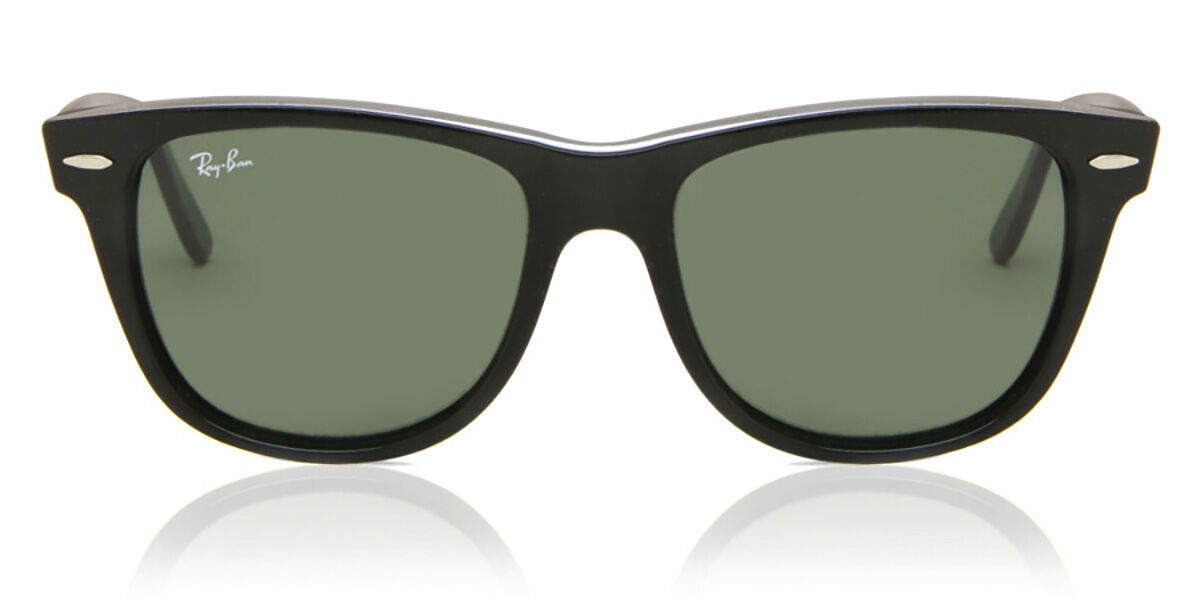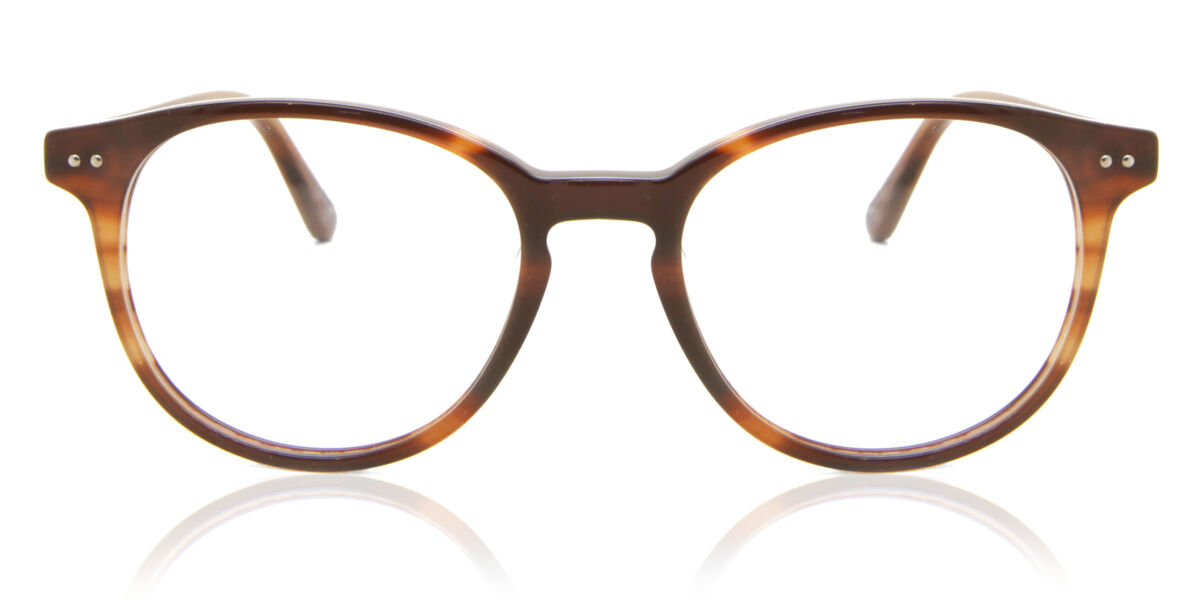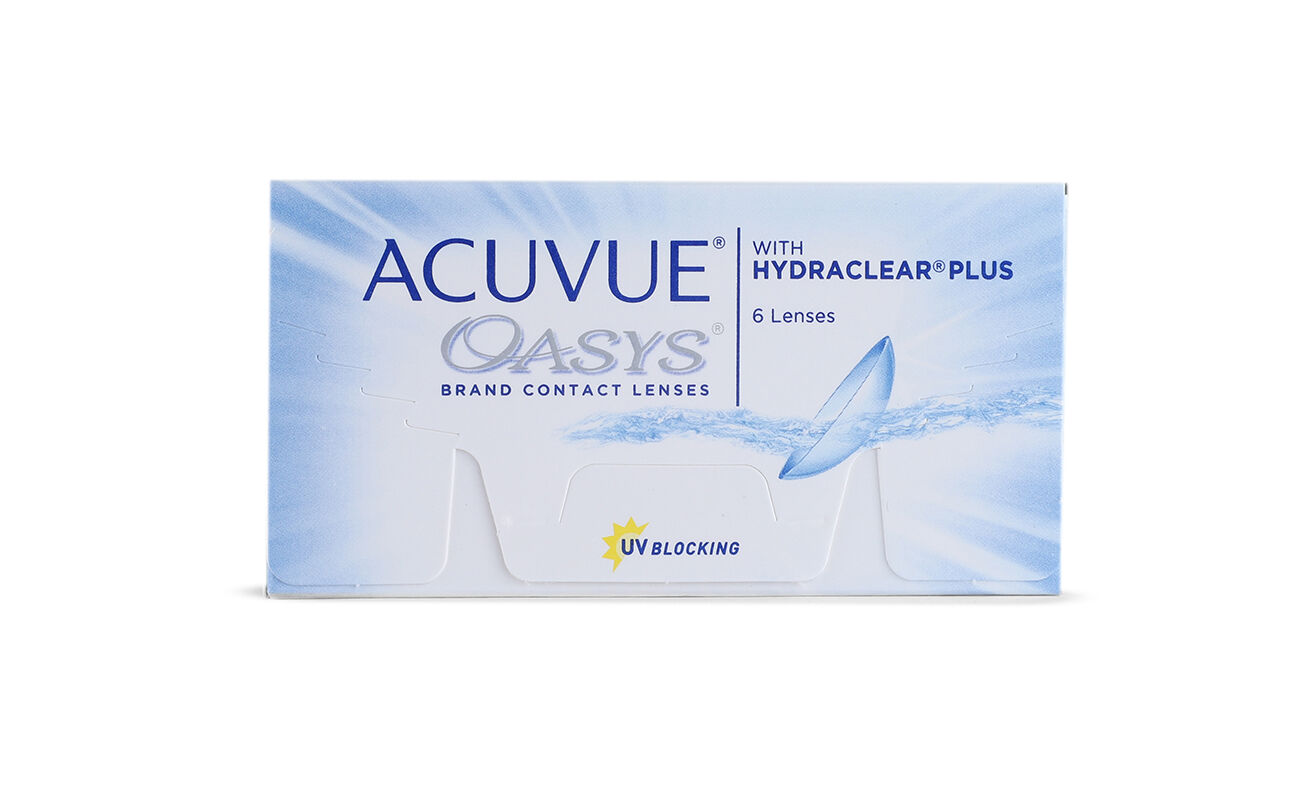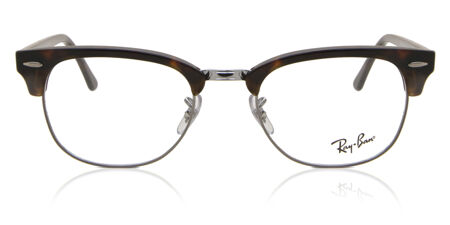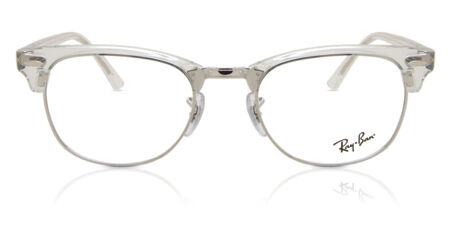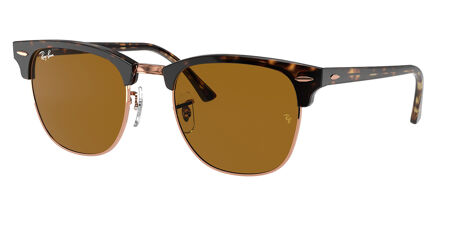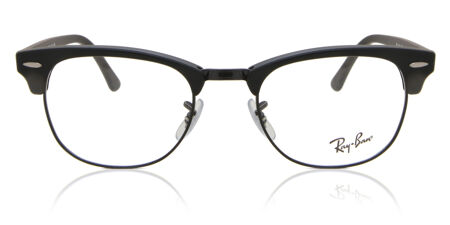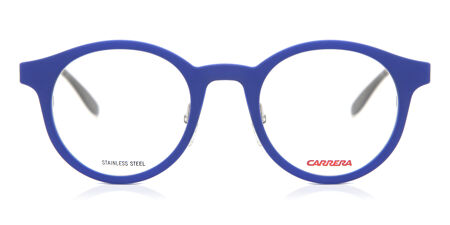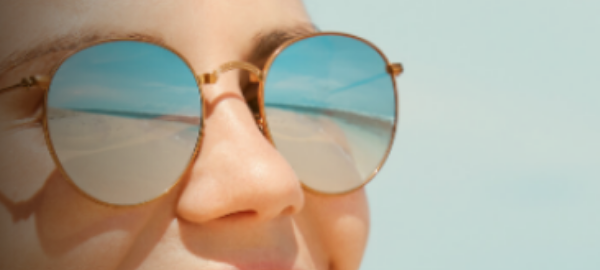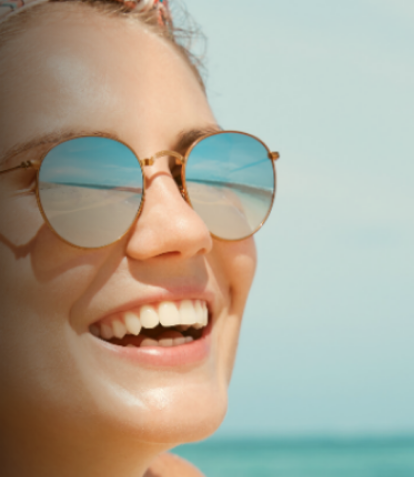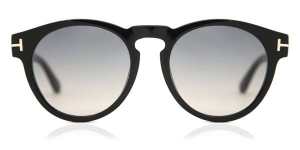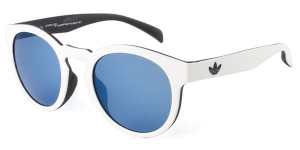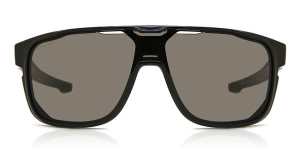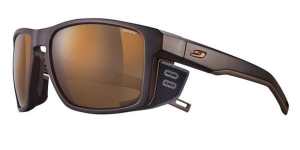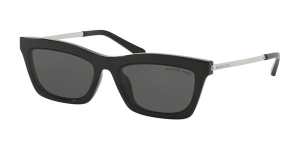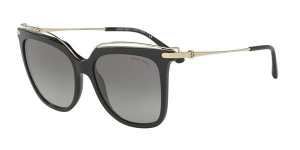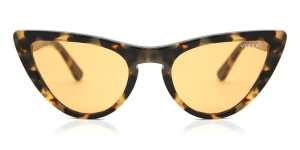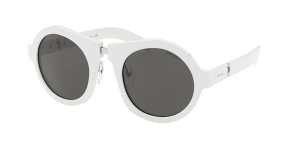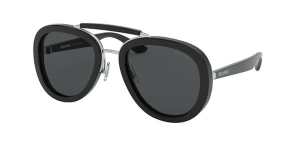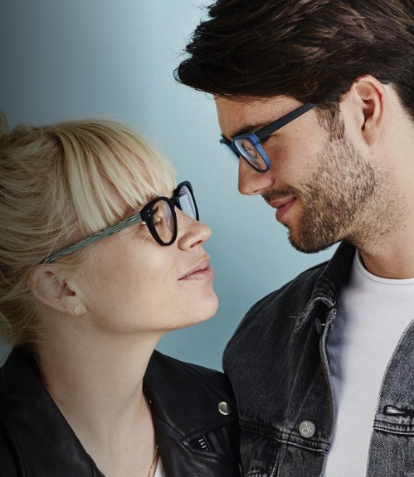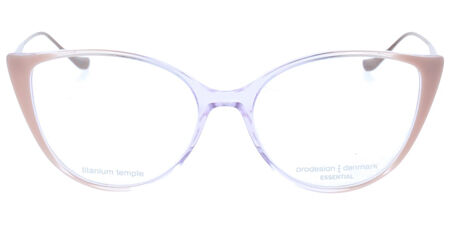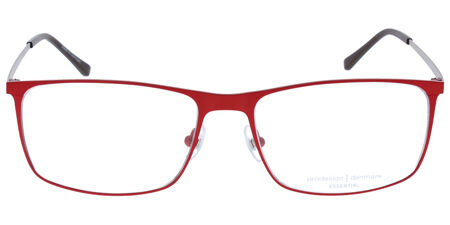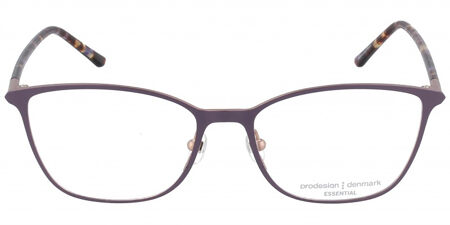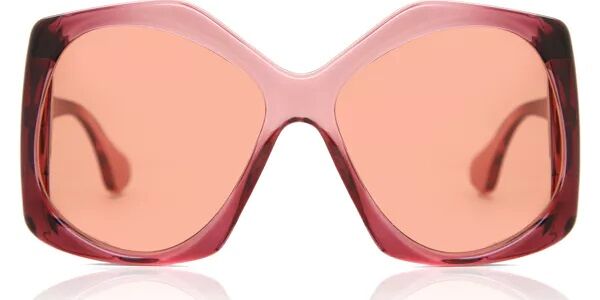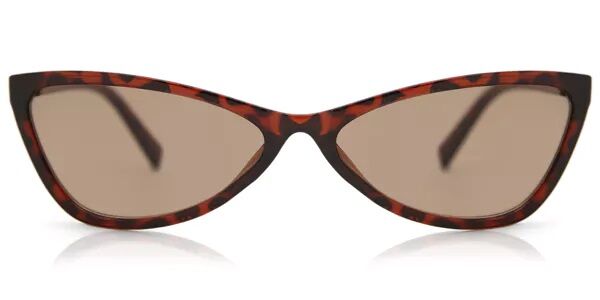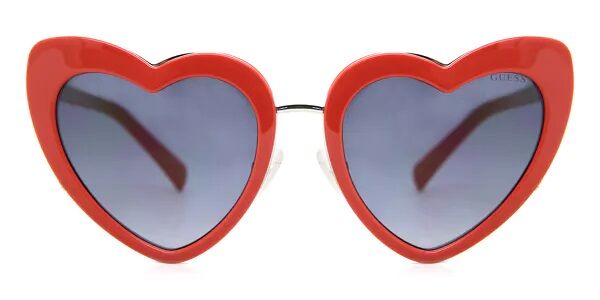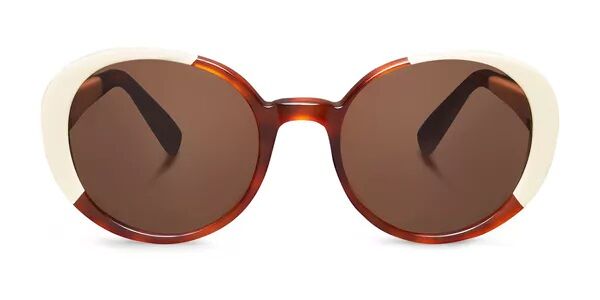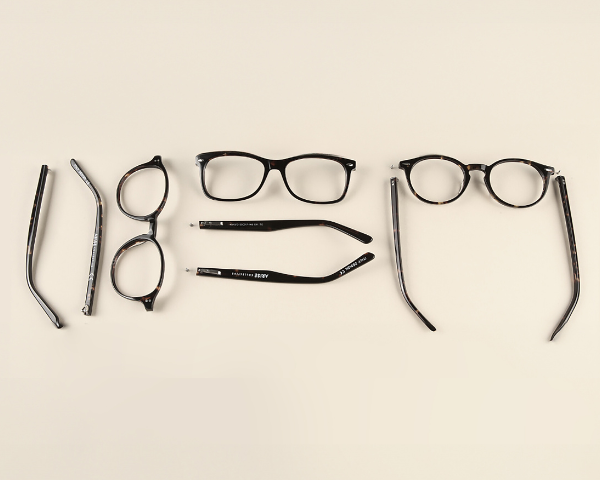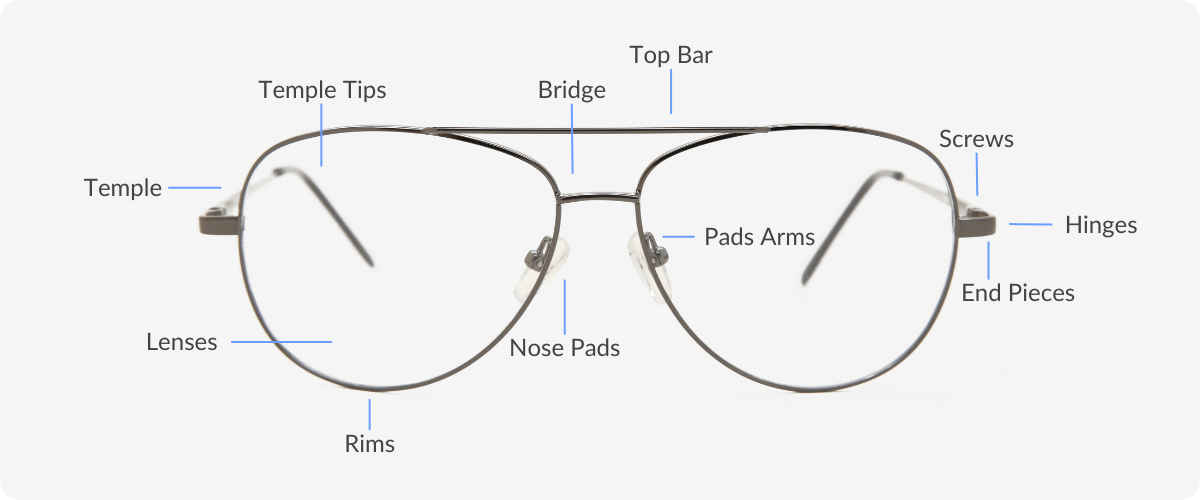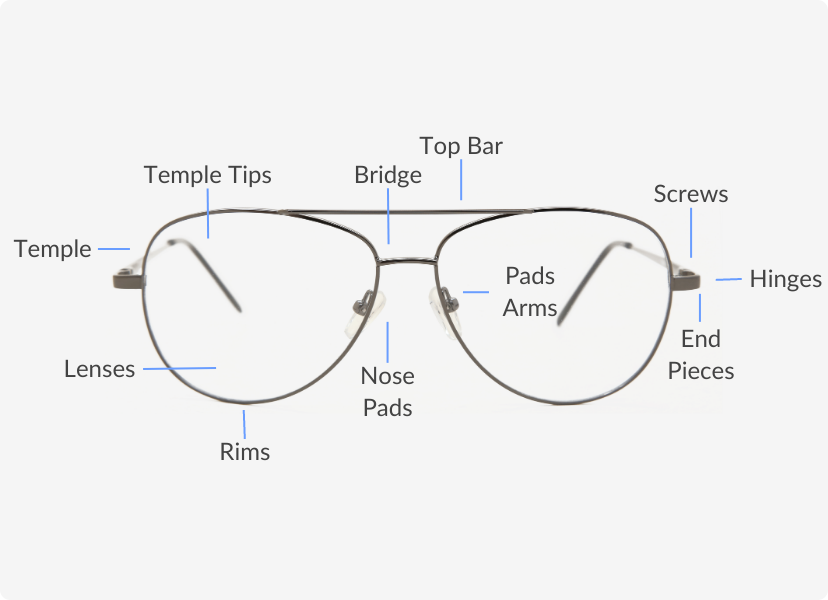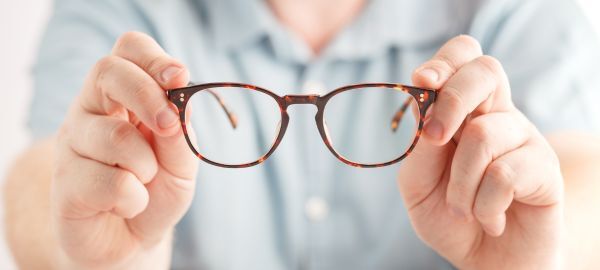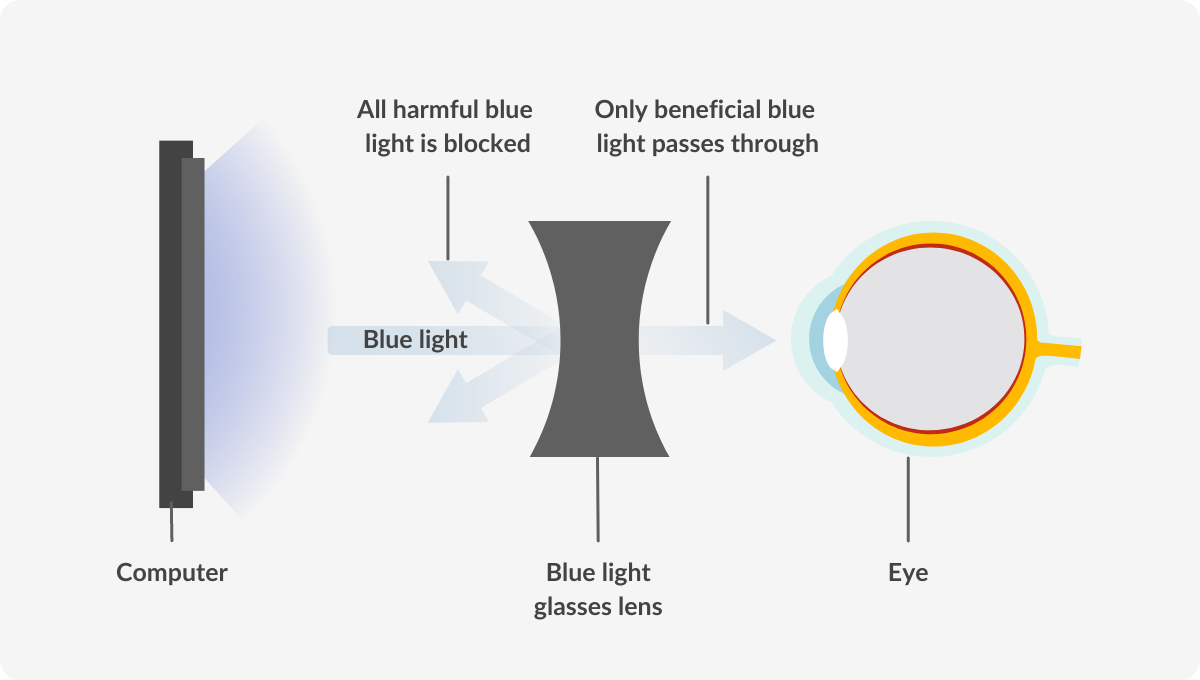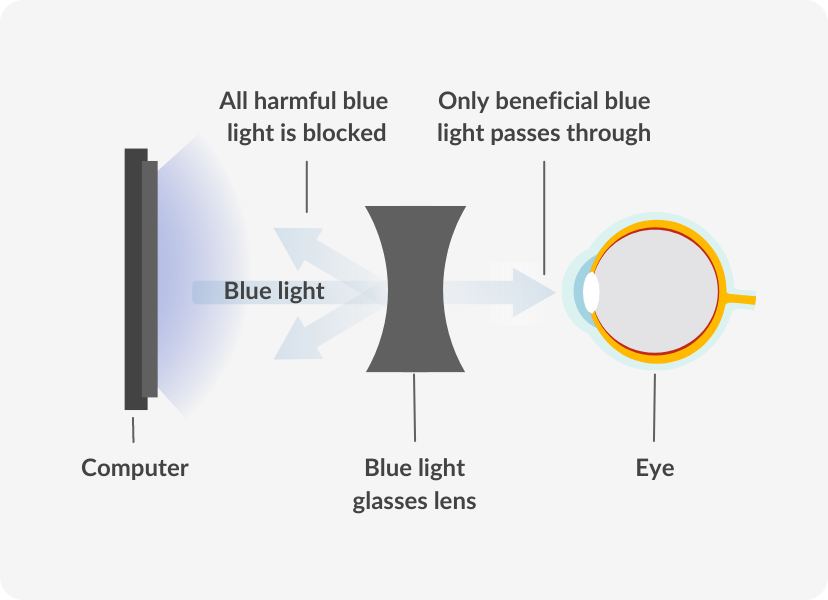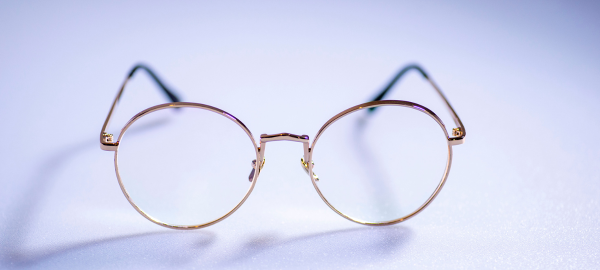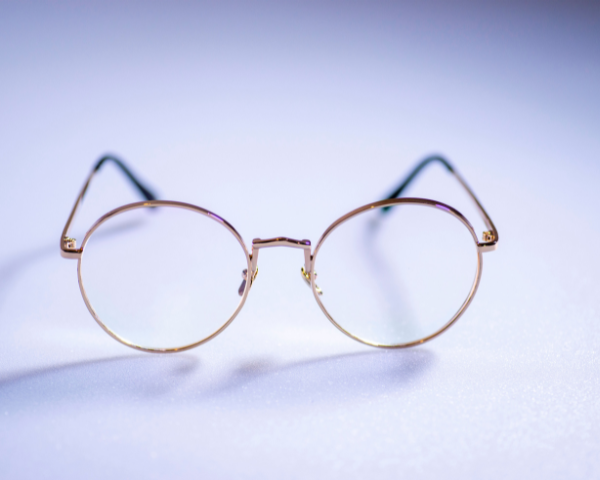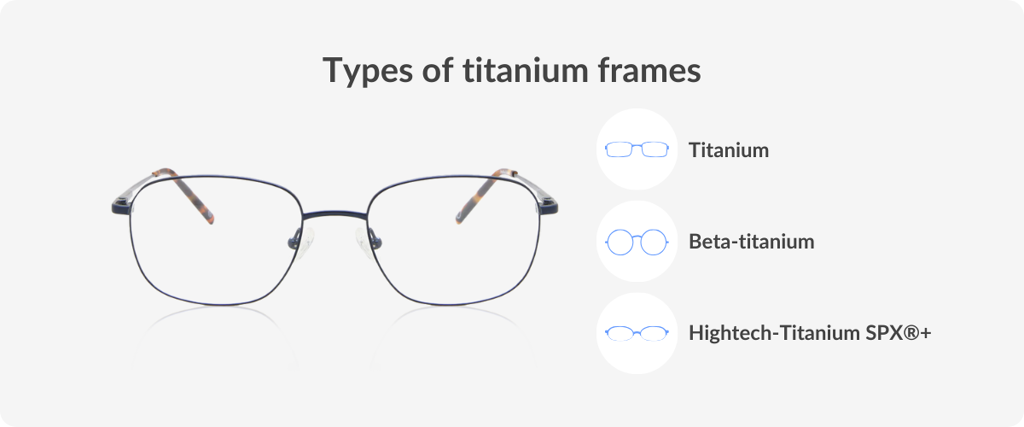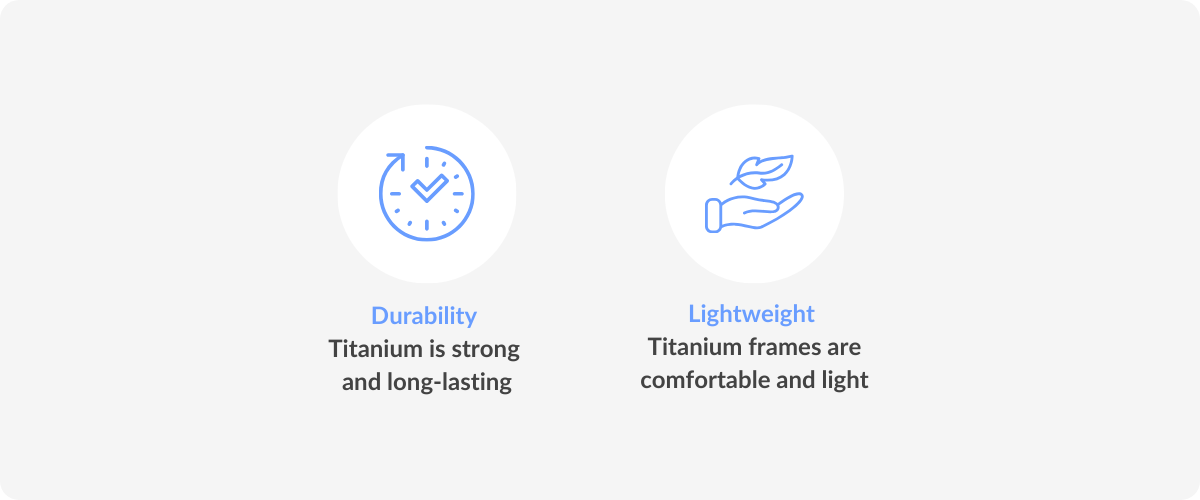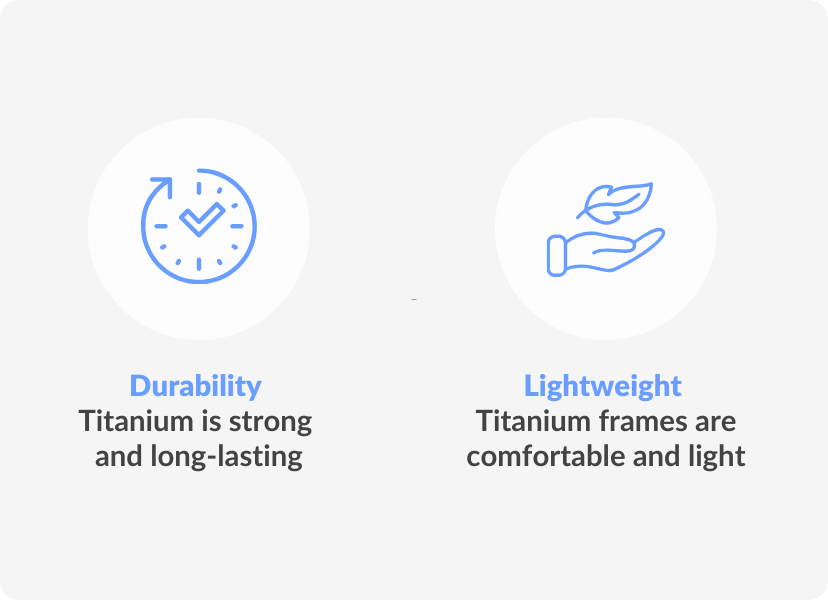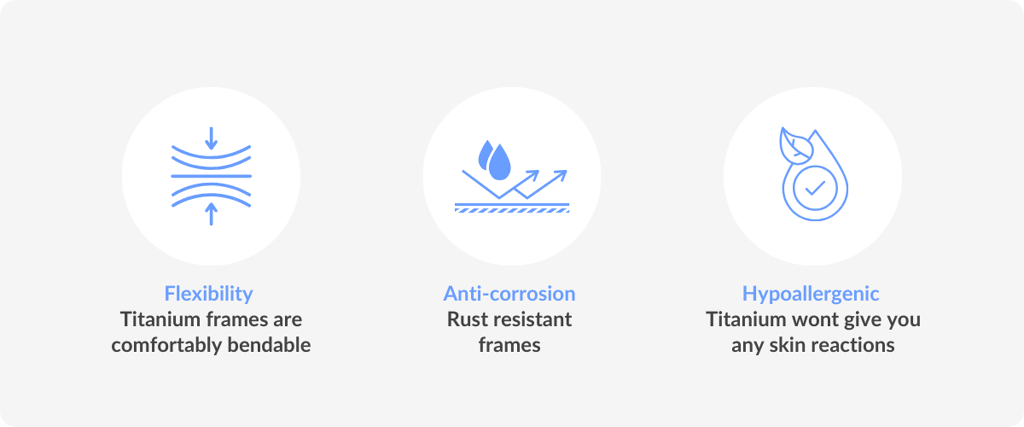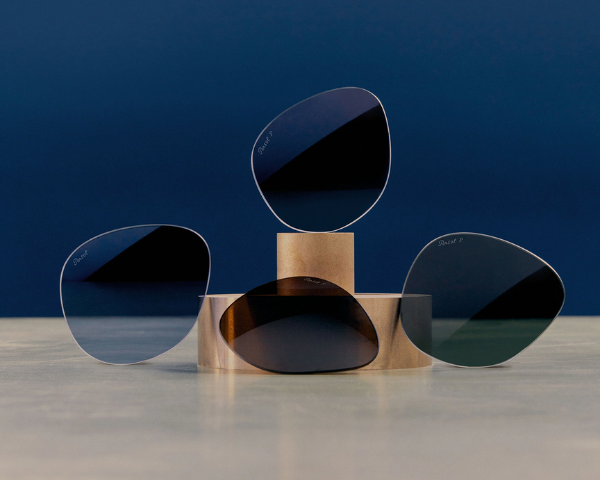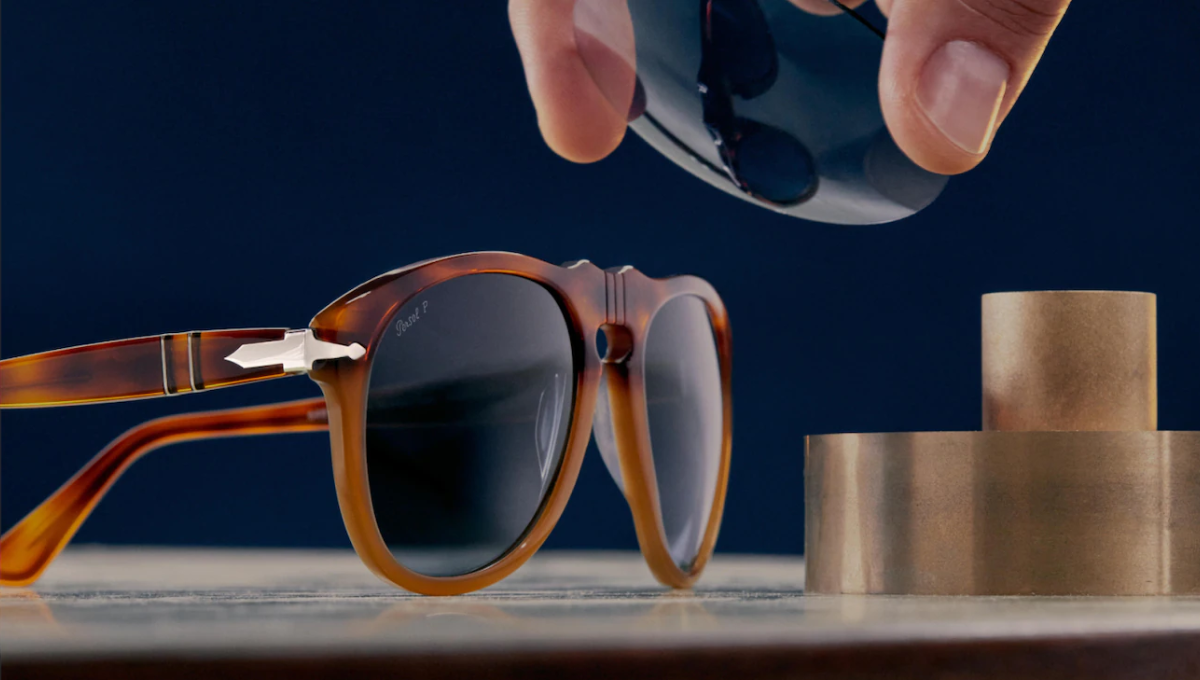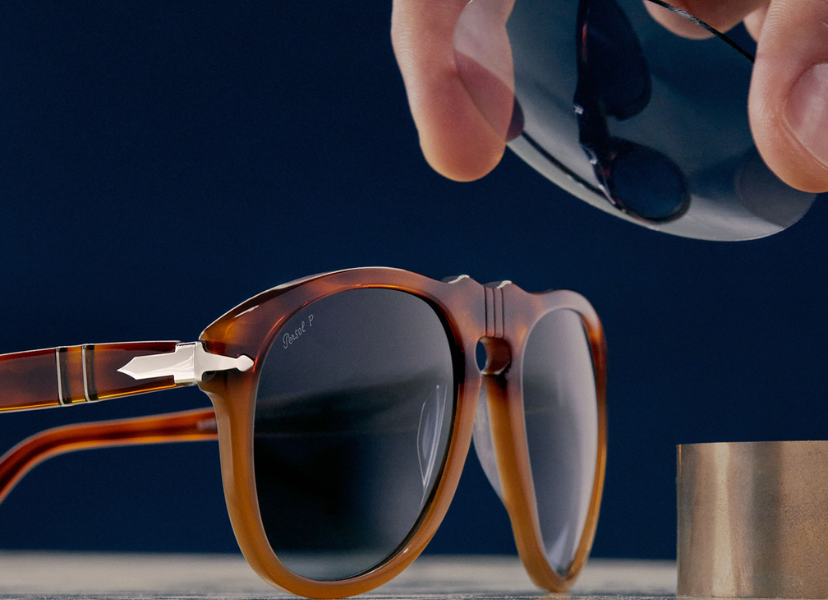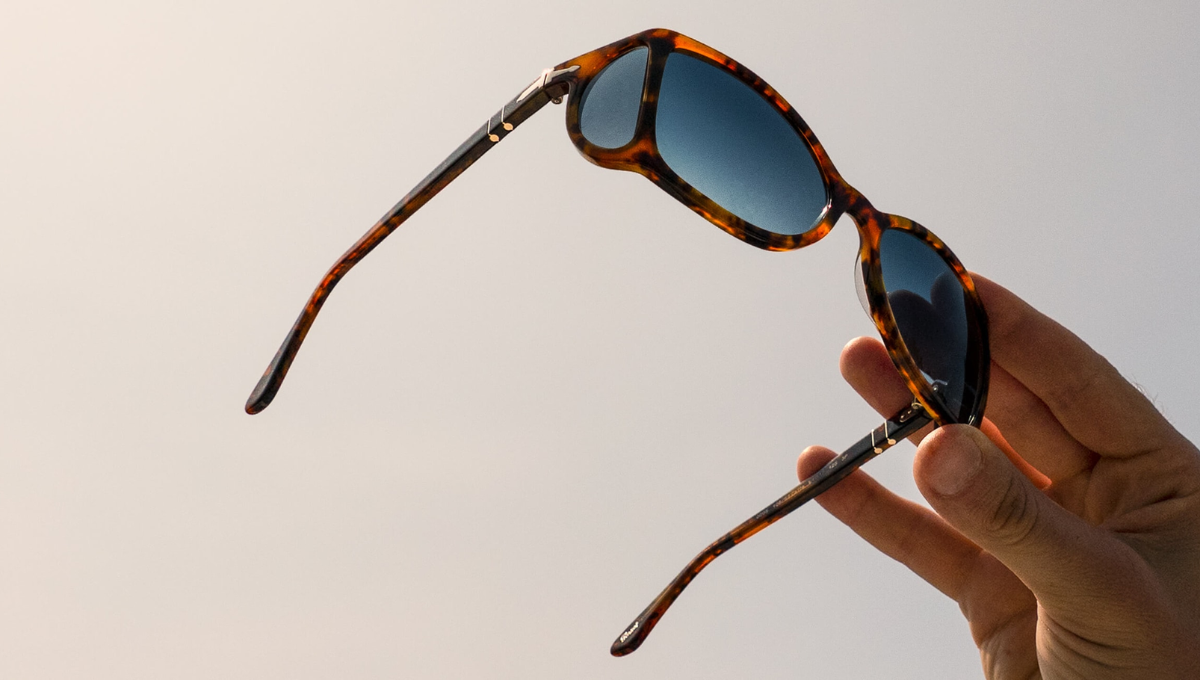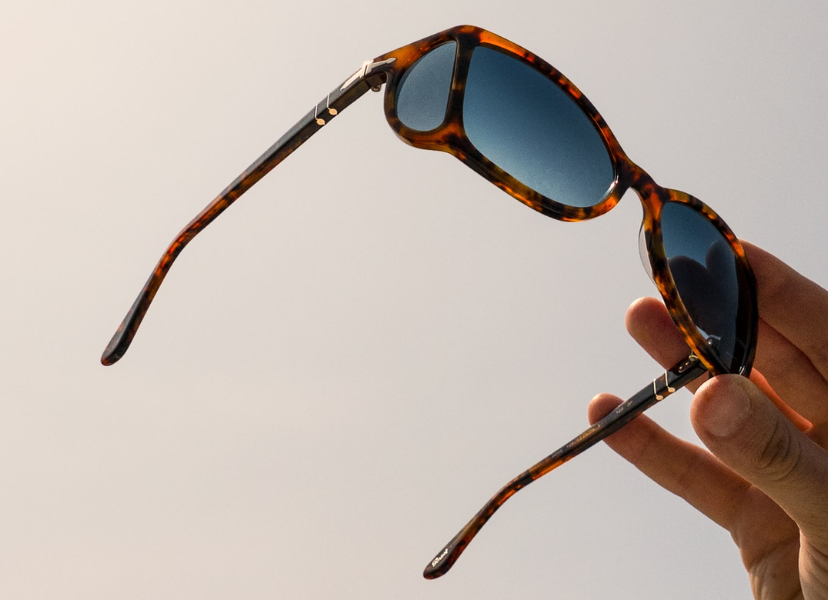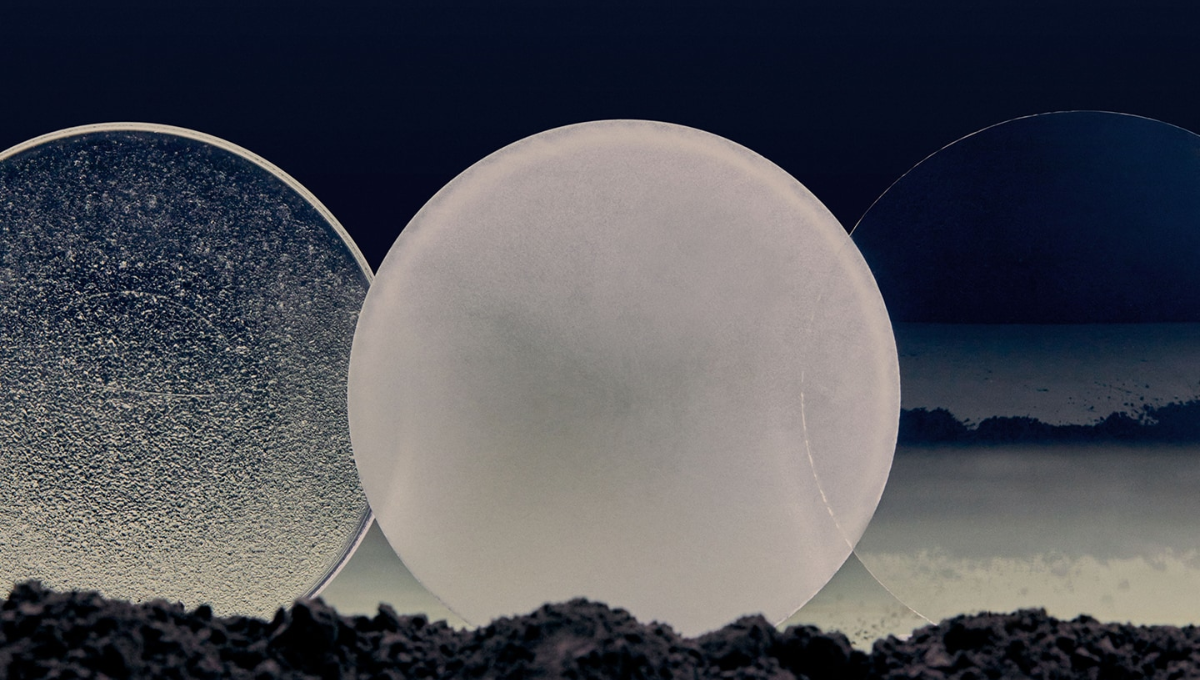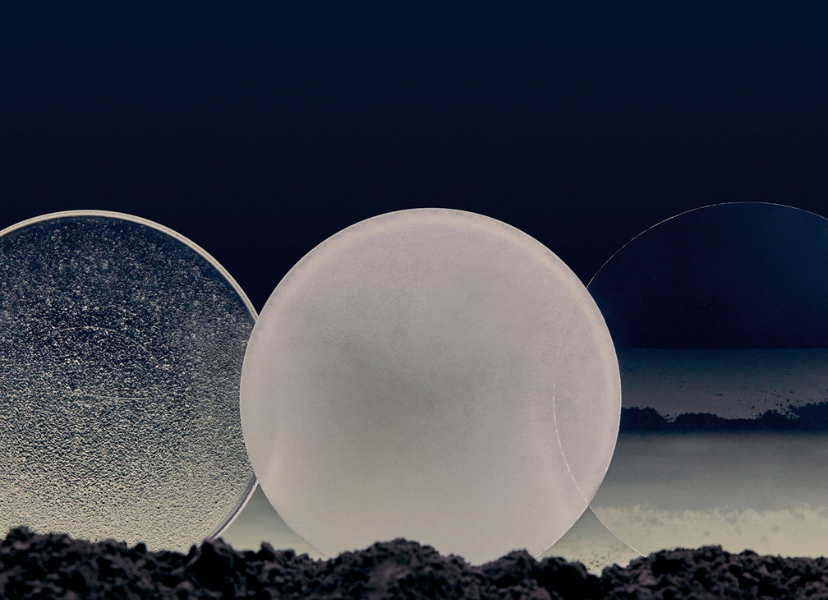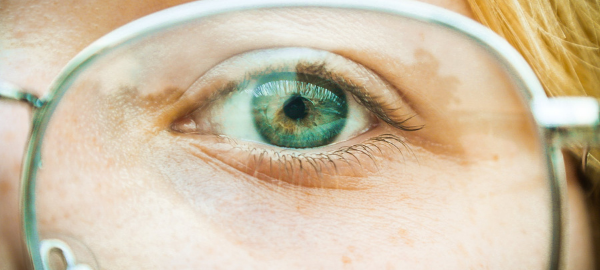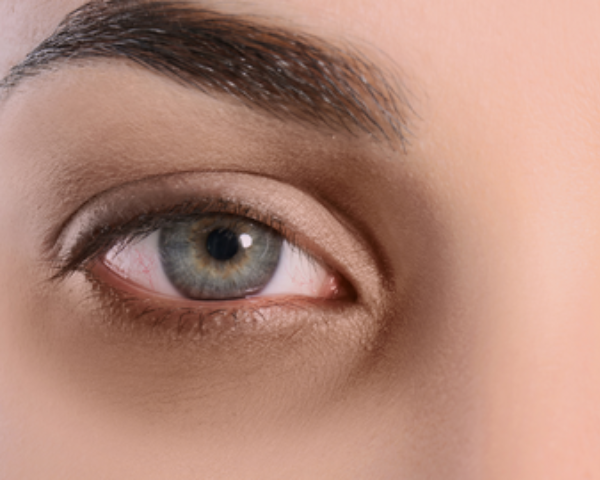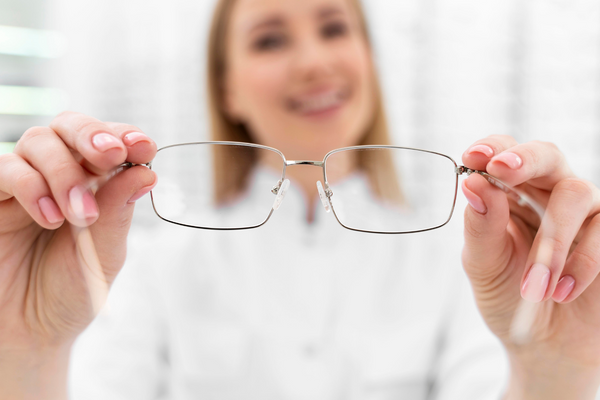

History of the Ray-Ban Clubmaster

Aurora Gould
Aurora is a Digital Marketing Specialist for SmartBuyGlasses. She’s enthusiastic about supporting the marketing efforts across multiple channels. Her goal is to create riveting content that is also educational by bringing to you all the latest eyewear trends.
One of the most instantly recognizable sunglasses models in history are the Ray-Ban Clubmaster. Follow us as we detail its illustrious history.
The Browline Style
Interestingly, its iconic browline style was actually introduced 30 years before the first ever Clubmaster was made. Browline glasses first became popular in the 50s and 60s after being spotted on intellectuals and cultural icons like Malcolm X. It is widely believed that his glasses were designed by Ray-Ban. However, they were produced by a lesser-known brand called American Optical Sirmonts. The browline style is typified by the upper part of the frame rim which is distinctively bolder and thicker than the lower part. It enjoyed a decade of popularity in the 50s and accounted for half of all eyewear sales at the time. Its association with authority and institution, however, saw the style dwindle in popularity between the 60s and 70s. It was not until the late 70s, and largely thanks to their appearance in the film Moonlighting (starring Bruce Willis), that the browline style bounced back into fashion. Although Ray-Ban already dominated the eyewear market by that time, they were quick to develop their own version and so, the Ray-Ban Clubmaster was born.


Evolution of the Clubmaster
Over the next ten years the Ray-Ban Clubmaster skyrocketed in popularity and appeared in two of the best-known films of the nineties: Malcom X starring Denzel Washington (1992) and Falling Down starring Michael Douglas (1993). The model shed its conservative image and increasingly became a symbol of retro chic style. It became a model for everyone and now it is its own icon like many of the other popular Ray-Ban models we know and love, like the Wayfarer and Aviator frames.
The Clubmaster Collection Today
Except for the classic model, there have also been some interesting variations in color and style. Some examples are the Oversized Clubmaster, the Folding Clubmaster, the Fleck Clubmaster, and the Clubmaster Doublebridge. All are great for both men and women wanting to add a little retro touch. Make sure to also check out our full collection of Ray-Ban eyeglasses and Ray-Ban sunglasses for the best Ray-Ban deals!



Check out the full range at SmartBuyGlasses!
History of the Ray-Ban Clubmaster

Aurora Gould
Aurora is a Digital Marketing Specialist for SmartBuyGlasses. She’s enthusiastic about supporting the marketing efforts across multiple channels. Her goal is to create riveting content that is also educational by bringing to you all the latest eyewear trends.
One of the most instantly recognizable sunglasses models in history are the Ray-Ban Clubmaster. Follow us as we detail its illustrious history.
The Browline Style
Interestingly, its iconic browline style was actually introduced 30 years before the first ever Clubmaster was made. Browline glasses first became popular in the 50s and 60s after being spotted on intellectuals and cultural icons like Malcolm X. It is widely believed that his glasses were designed by Ray-Ban. However, they were produced by a lesser-known brand called American Optical Sirmonts. The browline style is typified by the upper part of the frame rim which is distinctively bolder and thicker than the lower part. It enjoyed a decade of popularity in the 50s and accounted for half of all eyewear sales at the time. Its association with authority and institution, however, saw the style dwindle in popularity between the 60s and 70s. It was not until the late 70s, and largely thanks to their appearance in the film Moonlighting (starring Bruce Willis), that the browline style bounced back into fashion. Although Ray-Ban already dominated the eyewear market by that time, they were quick to develop their own version and so, the Ray-Ban Clubmaster was born.


Evolution of the Clubmaster
Over the next ten years the Ray-Ban Clubmaster skyrocketed in popularity and appeared in two of the best-known films of the nineties: Malcom X starring Denzel Washington (1992) and Falling Down starring Michael Douglas (1993). The model shed its conservative image and increasingly became a symbol of retro chic style. It became a model for everyone and now it is its own icon like many of the other popular Ray-Ban models we know and love, like the Wayfarer and Aviator frames.
The Clubmaster Collection Today
Except for the classic model, there have also been some interesting variations in color and style. Some examples are the Oversized Clubmaster, the Folding Clubmaster, the Fleck Clubmaster, and the Clubmaster Doublebridge. All are great for both men and women wanting to add a little retro touch. Make sure to also check out our full collection of Ray-Ban eyeglasses and Ray-Ban sunglasses for the best Ray-Ban deals!



Check out the full range at SmartBuyGlasses!





































